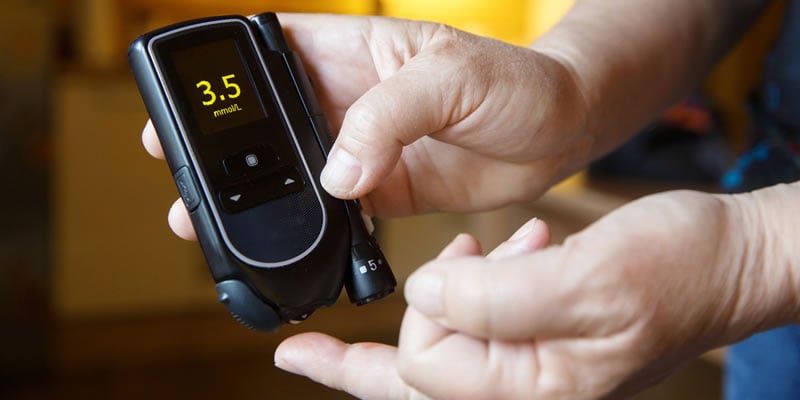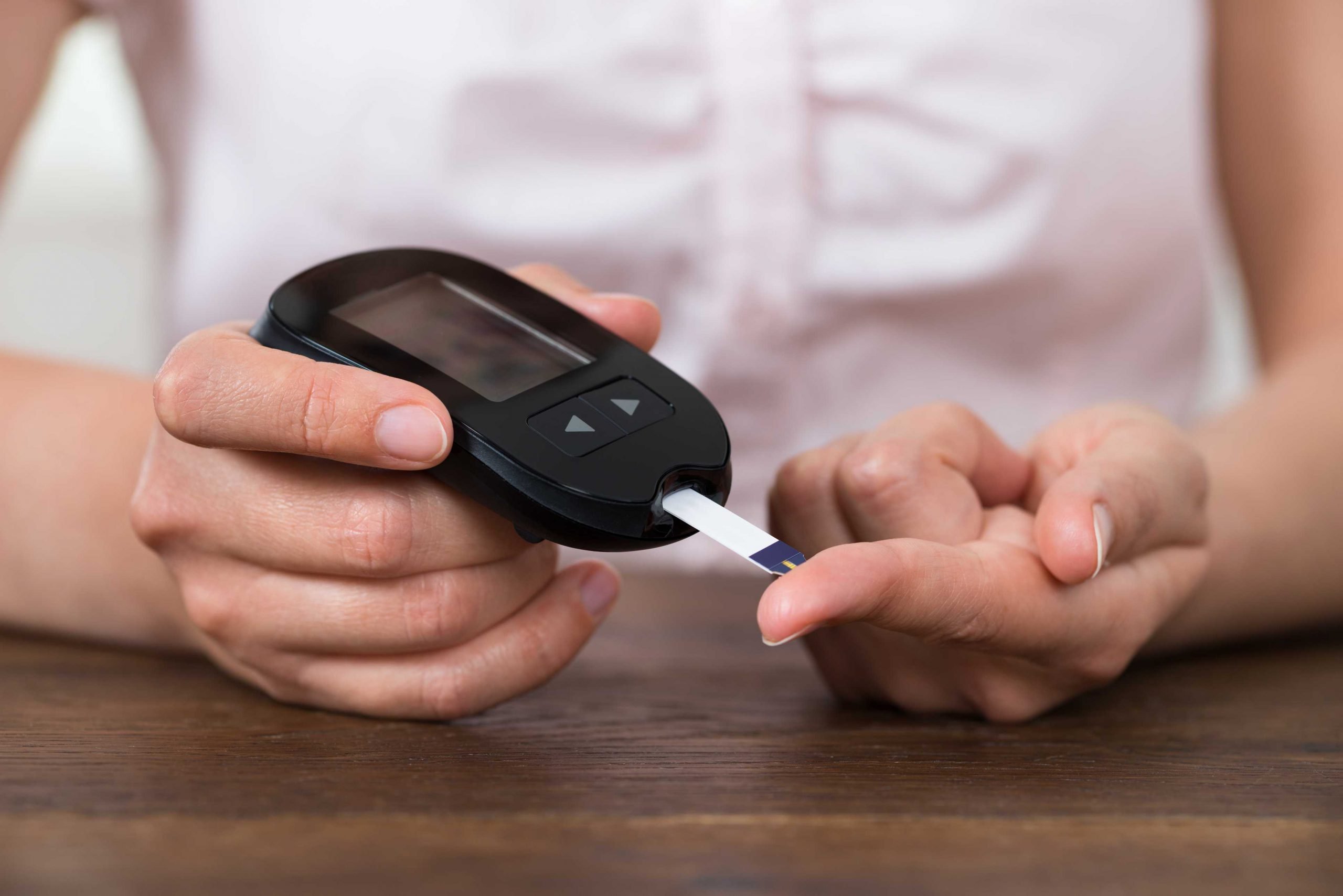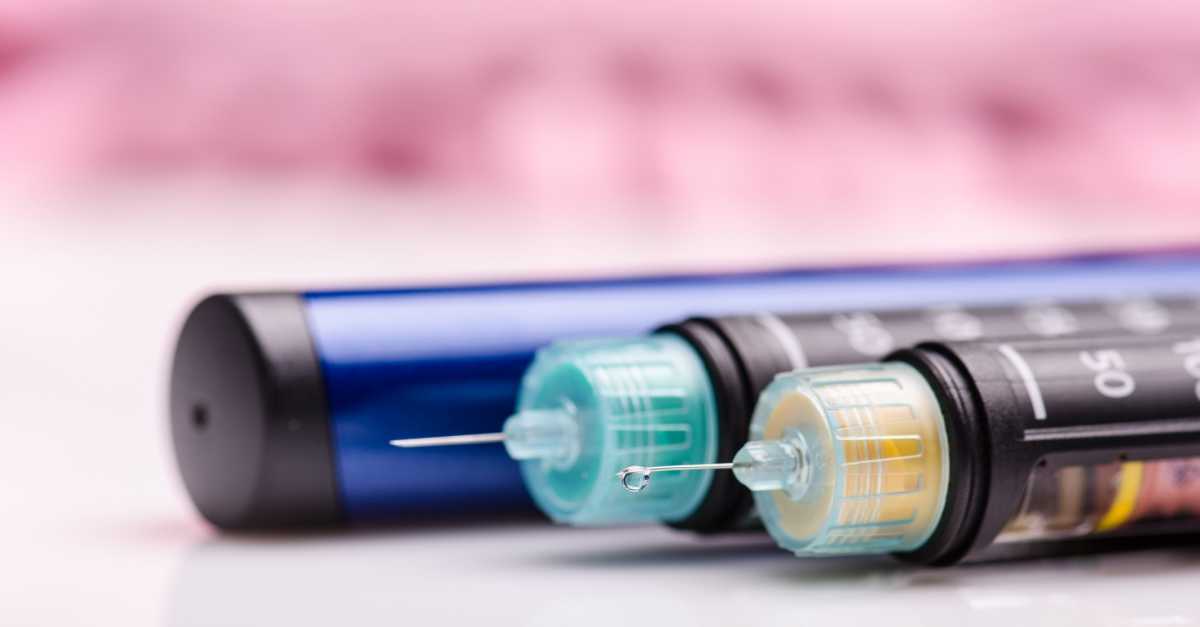Hypos are periods of low blood sugar. Although common for diabetics, a hypo can be unnerving.
With appropriate treatment the effects and length of hypos can be reduced.
Noticing you’re having a hypo
Before you can treat the hypo, you need to notice that you are low on blood sugar.
The sooner you notice hypoglycemia, the less disruptive it’s likely to be.
Typical signs of hypoglycemia include:
- Feeling suddenly tired or weak
- Having difficulty concentrating
- Exaggerated mood changes
- Feeling dizzy
Hypos can occur at any time, pay close attention to your blood sugar levels when exercising, playing sports or during physical activity.
Check it is a hypo by blood glucose testing
Where possible, test your blood sugar to ensure it is low blood sugar as some of the signs of low blood sugar may also represent higher blood sugar (such as tiredness or mood changes).
If you cannot test and are unsure if you have low or high blood glucose, it may be best to treat it as a hypo as hypoglycemia can quickly become dangerous if left untreated.
Act quickly
It is important that as soon as you notice or confirm you are hypo you treat the hypo immediately.
Immediate hypo treatment helps by:
- Preventing a severe hypo occurring
- Speeding up recovery
- Reducing the chances of losing hypo awareness
How to treat your hypo
To treat the hypo, you need to take about 15 to 20 grams of quick acting carbohydrate
Take a quick acting source of sugar
Glucose tablets are ideal as they act very quickly and will take you out of the hypo quicker. They are also relatively easy to judge how much sugar you are taking.
Sugary drinks (Coke, Pepsi, etc)
Glucose tablets and glucose juice are ideal as they act very quickly and will take you out of the hypo as quickly as possible. They are also relatively easy to judge how much sugar you are taking.
You can also have five jelly baby sized sweets or four to five sugar lumps.
15-20g of sugar can be found in:
- 160ml (half a 330ml can) of sugary cola or lemonade
- 200ml (a small carton) of fruit juice
Sugary drinks can sometimes be a little more difficult to judge how much sugar you are taking but they’re still a good source of sugar in an emergency.
You may also need slower acting carbs
If your next meal is not soon, you may also need to take 15-20g of slower acting carbohydrate to prevent a further dip in blood sugar.
15-20g of slower acting carbs can be found in:
- A slice of bread
- An apple or a banana
- A cereal bar
Check blood glucose after 15-20 minutes
Check your blood glucose levels 15-20 minutes after treating the hypo. If your blood glucose levels are below 5 mmol/l (90 mg/dl), repeat the treatment.
Treating severe hypos: seizures
When a seizure is occurring, it will not be possible for a person to take sugar. It is also not advised to feed someone when they are having a seizure as this could lead to choking.
Where possible try to ensure the person having the seizure will not hit anything and cause themselves injury.
If they are on the floor, place something soft like a pillow or article of clothing to cushion their head.
Often a seizure will pass after a few minutes and this may allow the person having the seizure to take some sugar. If the seizure persists for more than 5 minutes, call for an ambulance.
Treating severe hypos: Unconsciousness or unable to take sugar
If unconsciousness occurs or the person is unable to take sugar, call for an ambulance
If you have a glucagon injection kit, check the glucagon is in date and administer a dose. If you have not given a glucagon dose before, read the instructions carefully before starting.
In some cases, unconsciousness may occur as a result of very high blood sugar levels. You can give the person a blood test to confirm, taking care to ensure their fingers are clean first.
If they have too high sugar levels, glucagon will not treat the problem but should not present a risk.





